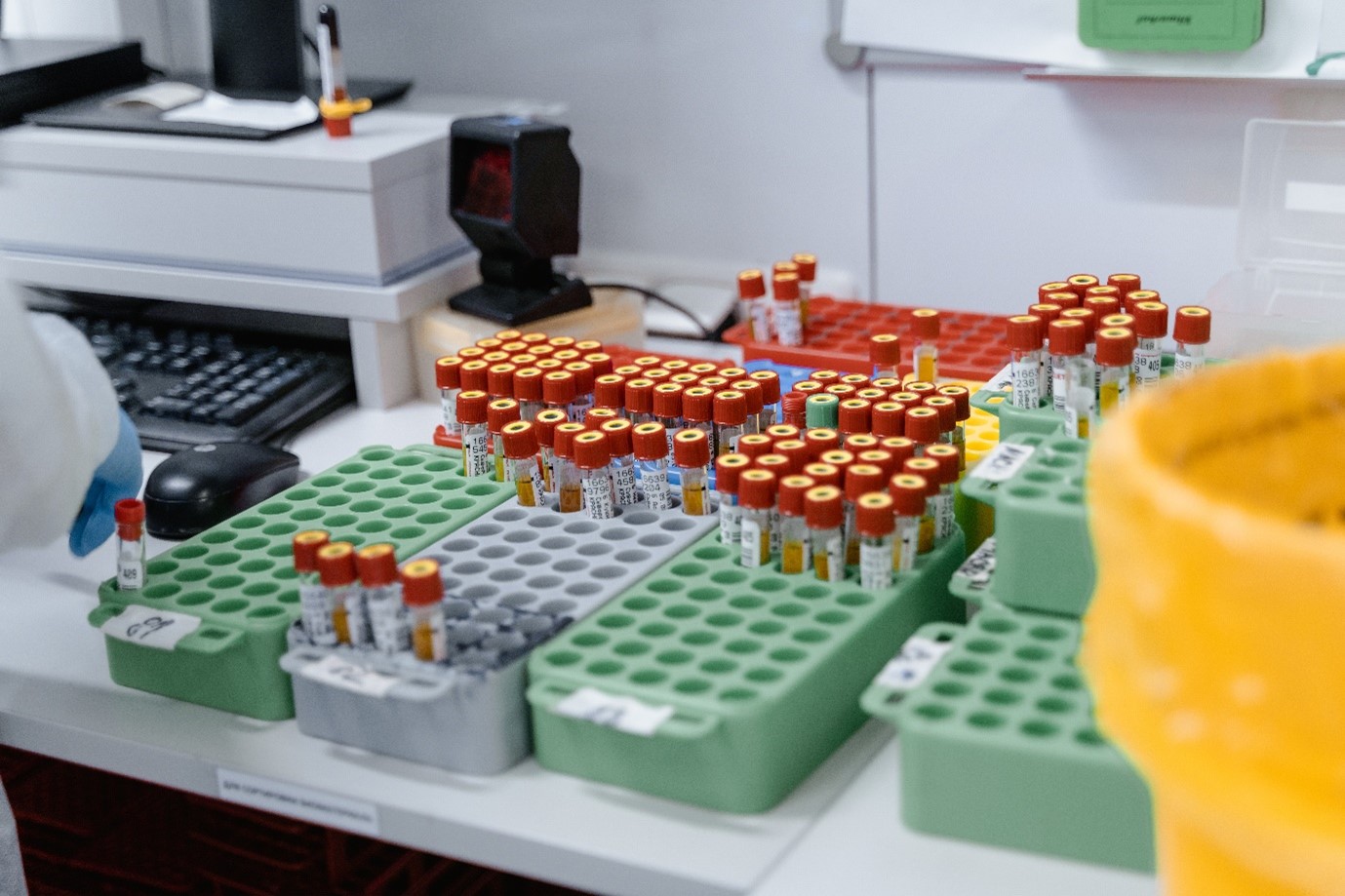 Company
Company
The medical community is under increasing pressure to adopt more sustainable practices. This is in response to both the environmental impact of traditional medicine and the need to provide healthcare for an increasingly large and urban population.
Medical care has often been based on the model of “take, make, dispose.” However, this is no longer sustainable. Medical facilities generate a lot of waste, and much of this waste is hazardous. In addition, the use of disposable medical supplies creates mountains of garbage that are difficult to dispose of safely.
There are several ways the medical community is moving towards more sustainable practices. Learn about them below.
1. Switching from disposable to reusable medical supplies
Hospitals and other medical facilities are becoming more sustainable by switching from disposable to reusable medical supplies. This includes items such as bedding, towels, and gowns. Although disposable medical supplies are more convenient and sterile, they create a lot of waste. On the other hand, reusable supplies can be used repeatedly, which reduces waste and is more environmentally friendly.
Sterility is a significant concern for many medical facilities, but there are ways to clean and sterilize reusable supplies to be safe for use. Some hospitals are already using reusable medical supplies, and the trend is expected to grow in the coming years.
2. Reducing energy consumption
Medical facilities are also working to reduce their energy consumption. This is important for two reasons. First, it reduces the carbon footprint of the facility. Second, it saves money, which facilities can use to fund other sustainability initiatives.
Some of the ways that medical facilities are reducing their energy consumption include:
- Installing solar panels
- Switching to LED lighting
- Using energy-efficient appliances
- Implementing power management systems
These strategies to reduce energy consumption can be applied to both new and existing medical facilities. But it’s important to note that new facilities have the opportunity to incorporate energy-efficient design from the start. These strategies should be considered when planning and constructing a new medical facility.
3. Incorporating sustainable design into new construction
Sustainable design should be incorporated into the plans when designing new medical facilities. This means incorporating features that will reduce the facility’s environmental impact.
For example, a large facility can create a shared laboratory space that multiple departments will use. This reduces the need for each department to have its own laboratory, which saves energy and resources. In Singapore, there are already hospitals designed with sustainable features. These include a rainwater harvesting system and solar panels.
There are also many ways to retrofit an existing medical facility to make it more sustainable. However, it’s essential to consider the costs and benefits before making any changes. Not every change will be worth the investment, but some can make a significant difference.

4. Recycling and composting
Another way that medical facilities are becoming more sustainable is by recycling and composting. Every year, hospitals generate a lot of waste, which can be recycled or composted. This includes items such as paper, plastic, and metal.
Recycling and composting not only reduce waste but also helps to save money. Recycling eliminates the need to produce new products, which can be costly. And composting can be used as a natural fertilizer for the hospital’s landscaping. For example, recycling facilities can recycle used medical supplies such as bandages and syringes into other things. Food waste from the cafeteria can be composted.
In some cases, recycling and composting initiatives are even revenue-generating. For example, some hospitals sell their compost to local farmers. They may also sell recycled materials to companies that use them to create new products.
5. Educating staff and patients
The people involved in the day-to-day operations of a medical facility can have a big impact on its sustainability. This is why it’s essential to educate staff and patients about sustainability initiatives.
Some medical facilities have started to implement policies that encourage sustainable practices. For example, they may offer discounts to patients who use public transportation to get to their appointments. Or they may give staff members who carpool a preferred parking spot.
In addition to implementing policies, medical facilities can also educate their staff and patients about sustainability through campaigns and educational materials. For example, they can distribute pamphlets that explain the importance of conserving energy. Or they can hold workshops to teach staff members about recycling and composting.
By educating their staff and patients, medical facilities can help to create a culture of sustainability. This can make it more likely to adopt and follow sustainable practices.
As the world’s population grows, it becomes increasingly important for medical facilities to adopt sustainable practices. These practices help reduce the impact of the medical industry on the environment, but they can also save money and resources. Medical facilities can move towards a more sustainable future by incorporating sustainable design into new construction, recycling and composting, and educating staff and patients.

